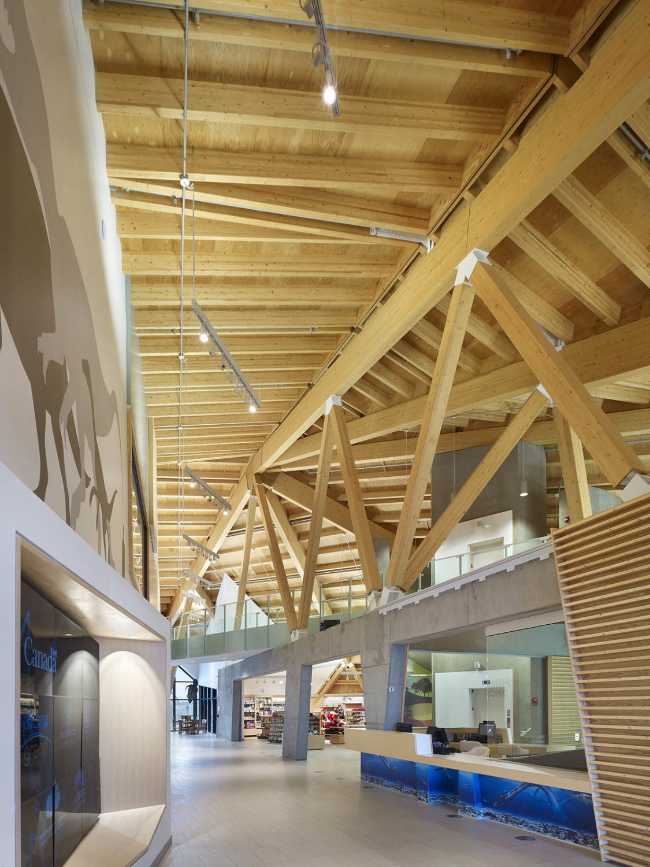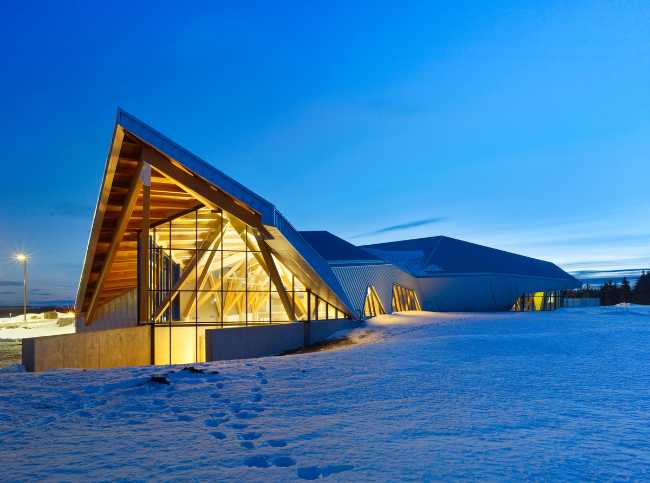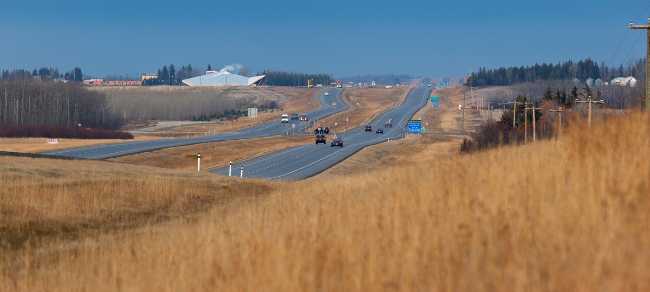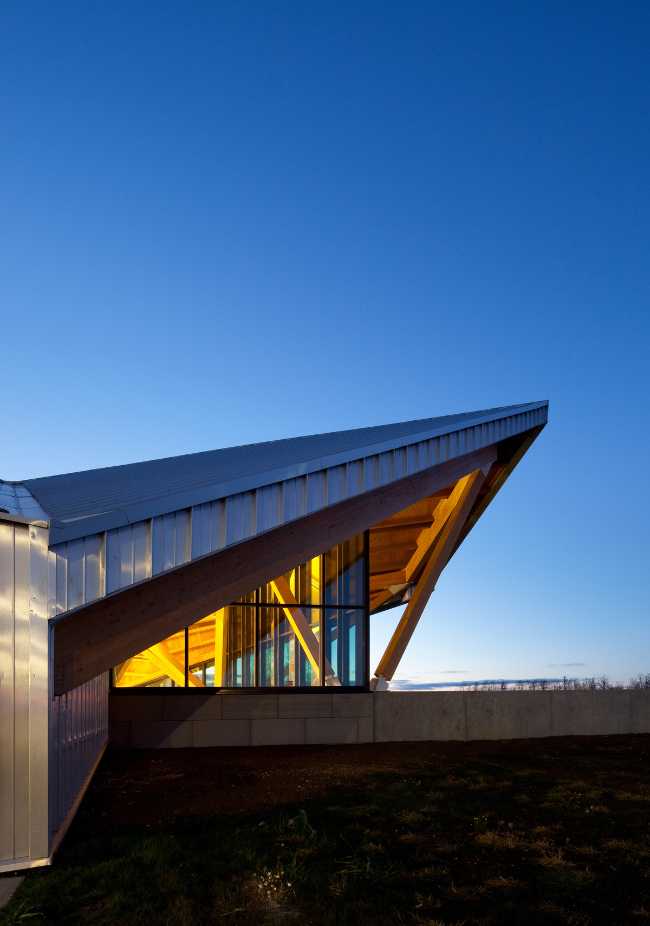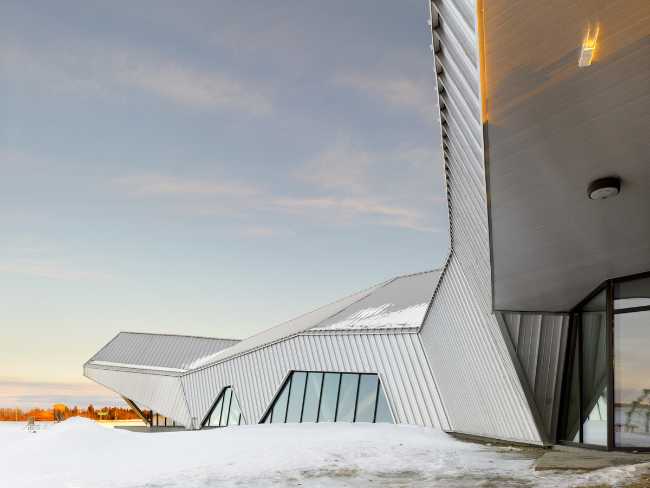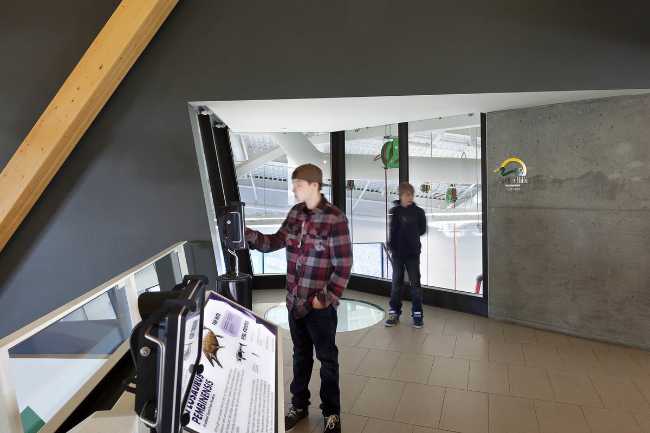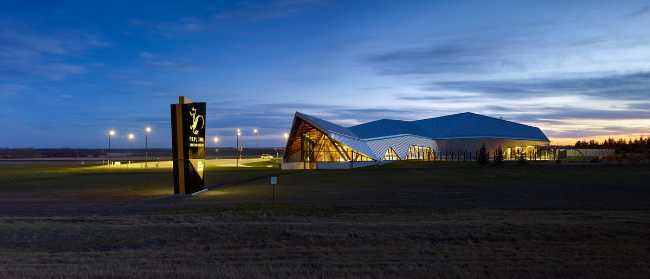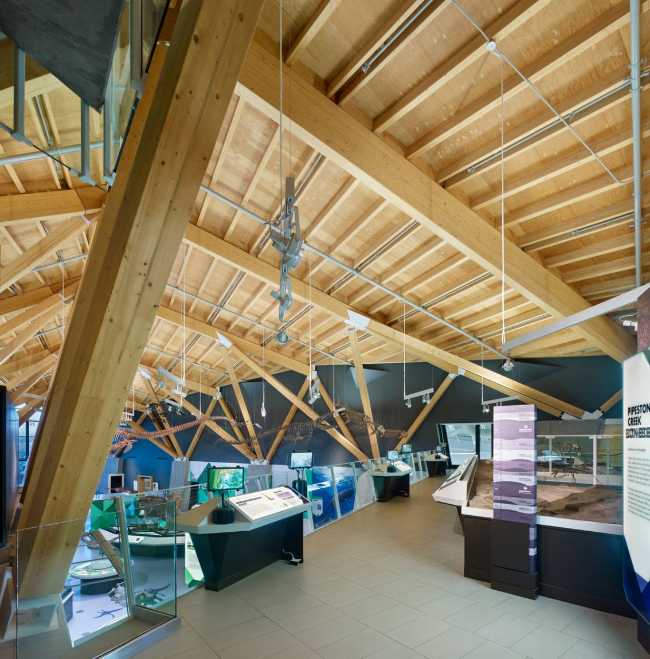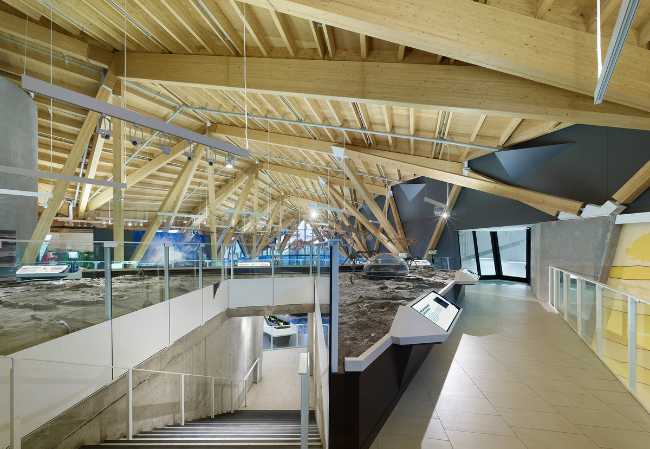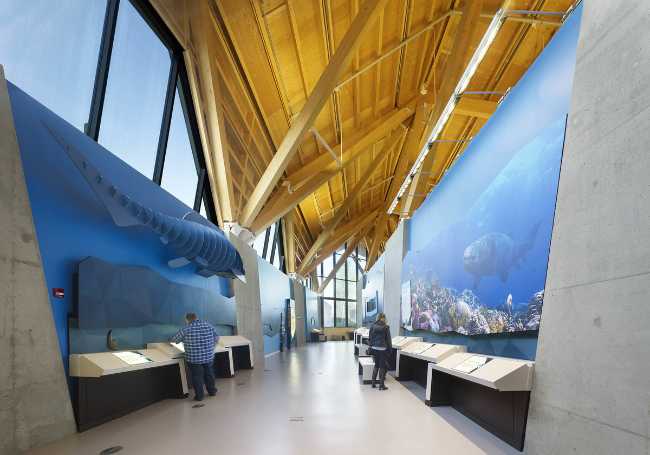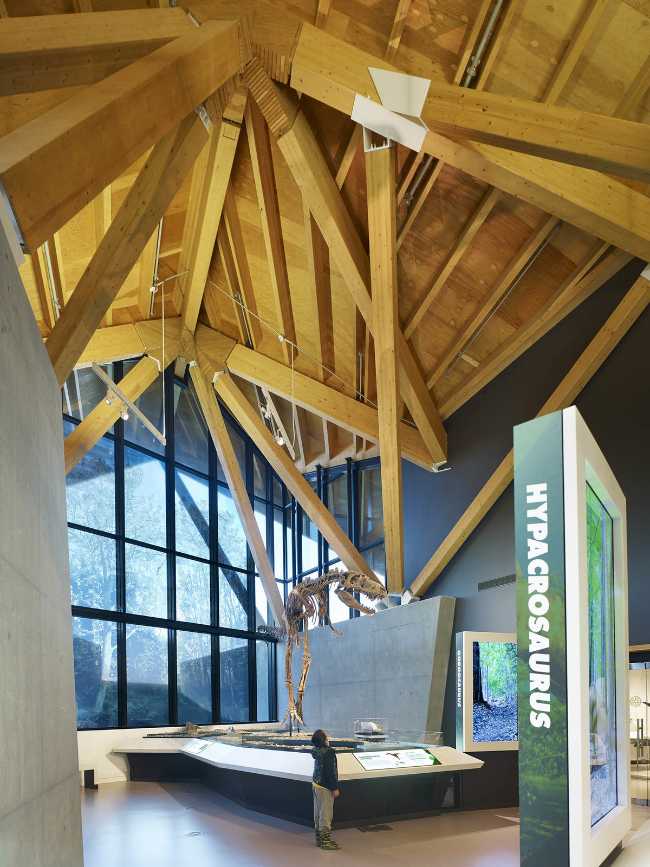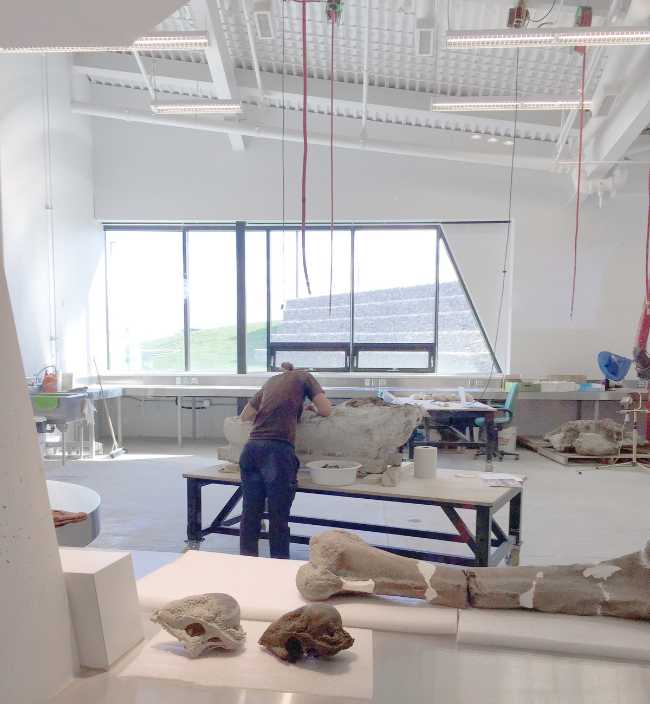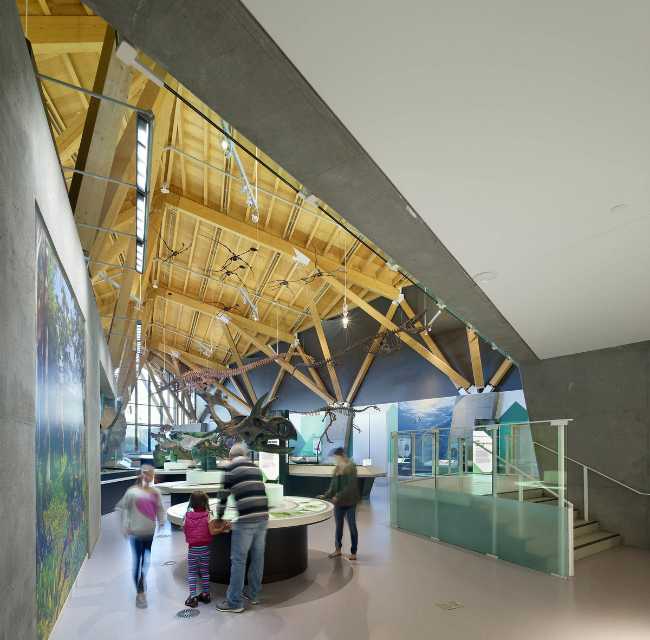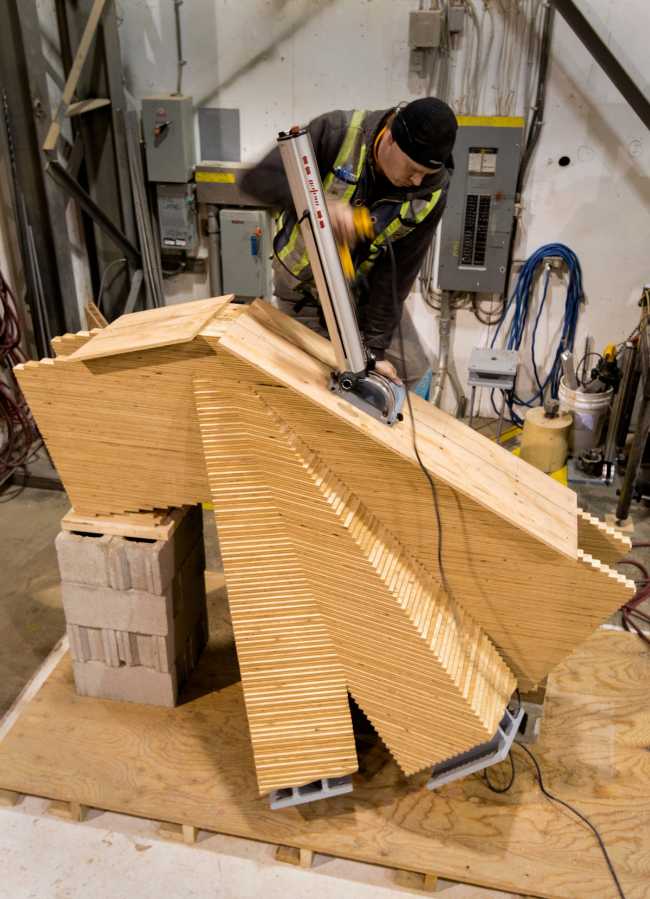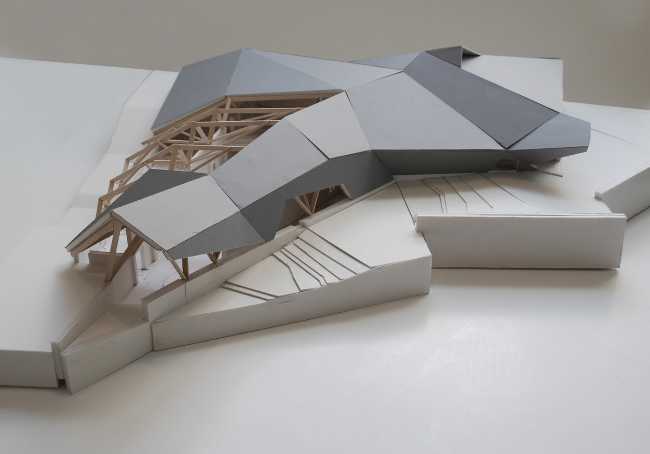The Philip J. Currie Dinosaur Museum is a global research centre created by Teeple Architects in the Canadian town of Wembley, characterized by an architectural design that has already become a widely recognized symbol throughout the country and beyond
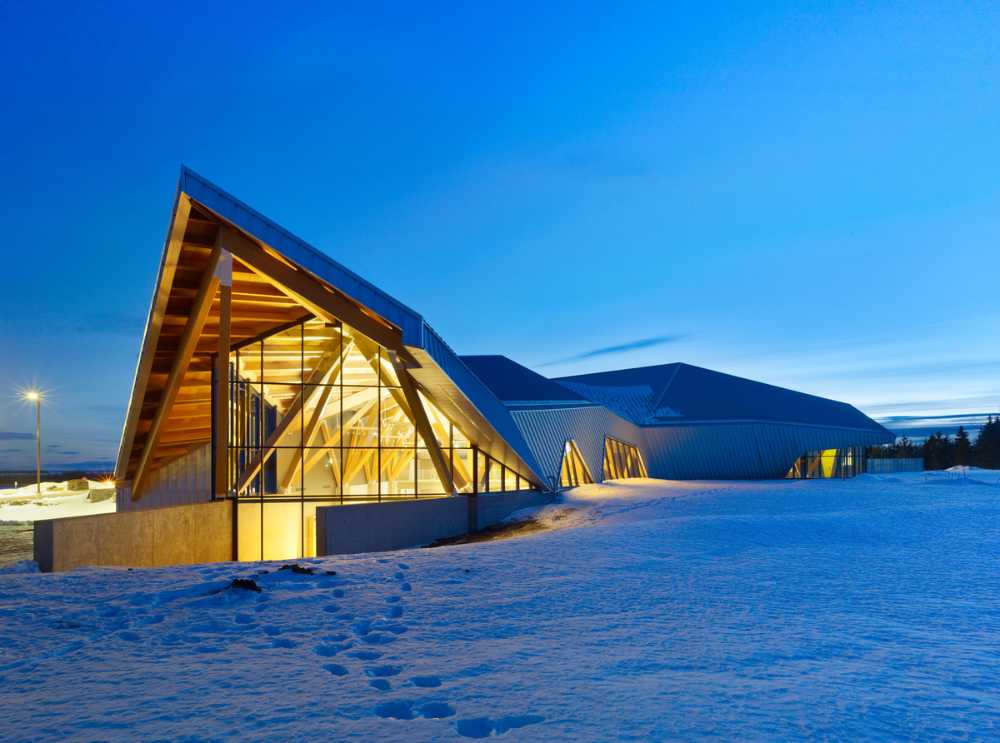
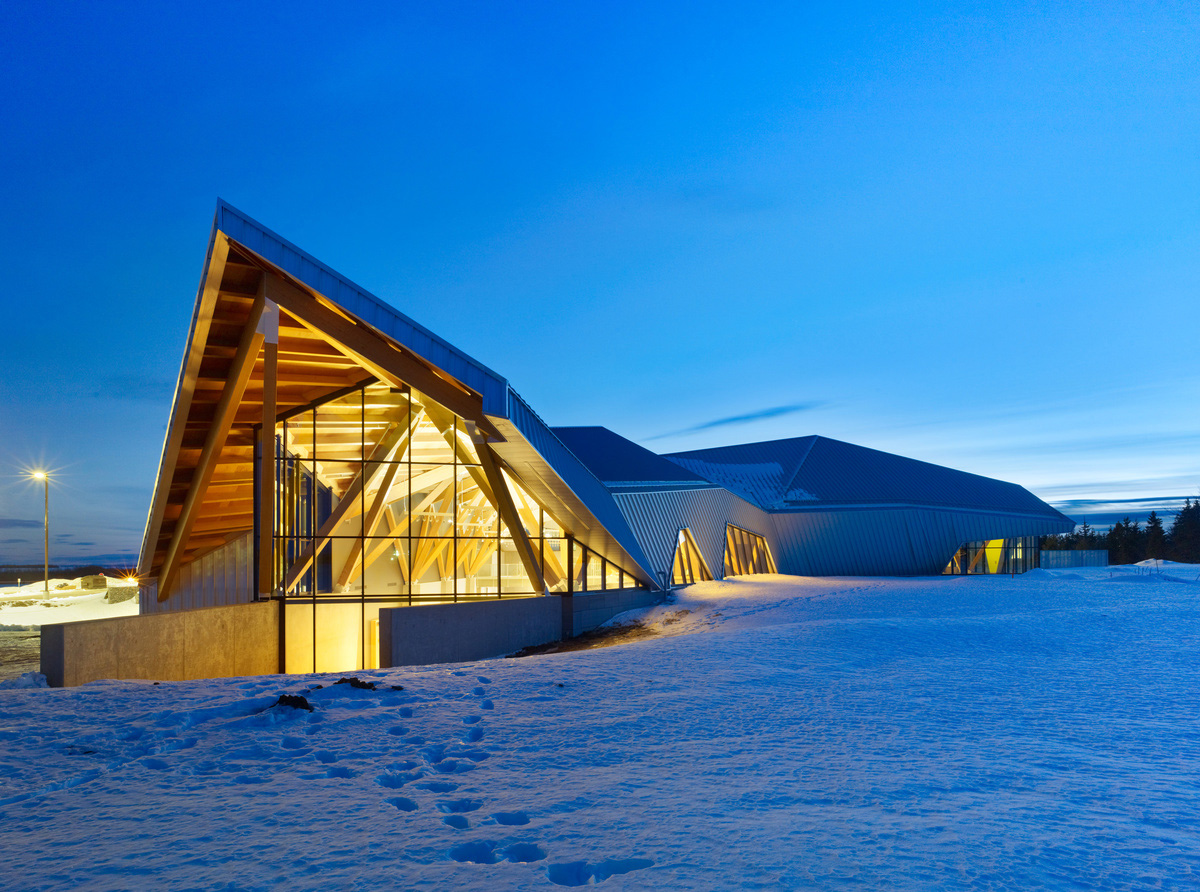
Research center in Canada. Solid wood structure for the Dinosaur Museum
In the Canadian town of Wembley, Teeple Architects constructs the Philip J. Currie Dinosaur Museum, a worldwide educational and research facility whose wooden architectural design has already become an important and widely recognized symbol
- #Amérique du Nord
- #Canada
- #Musée
- #Nouvelle construction
- #Bois
- #Métal
- #Verre
- #Béton
- #Architectures
- #Architecture
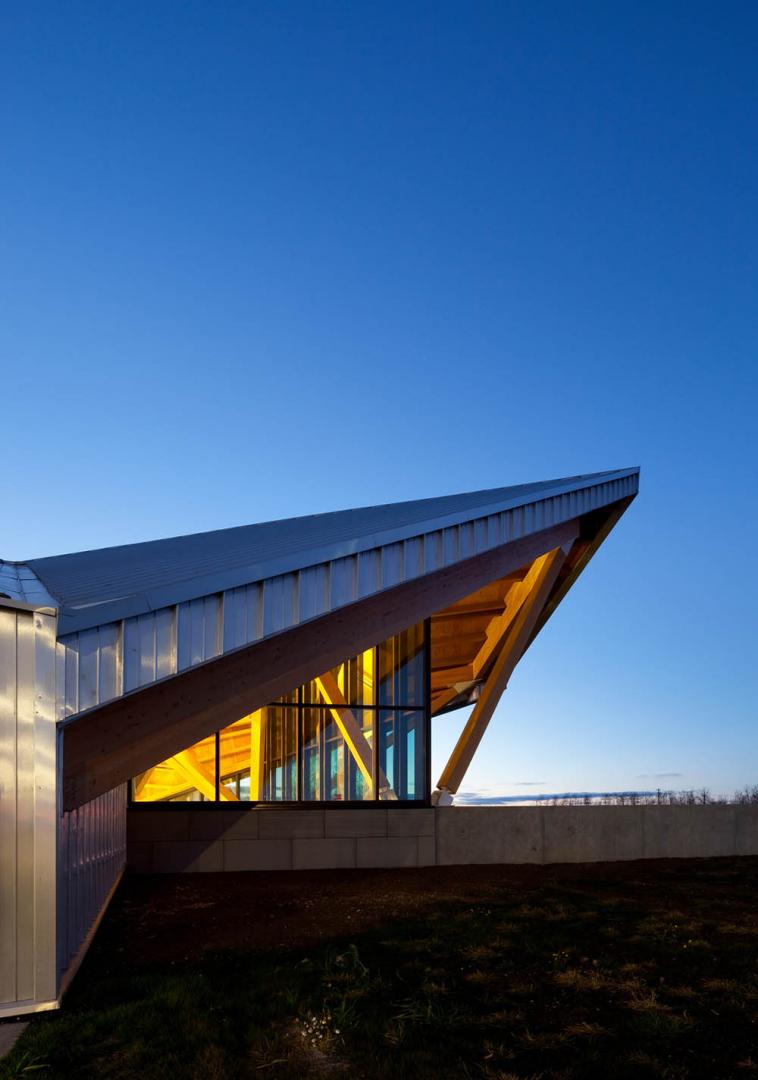
The architecture is an integral part of the narrative that guides the visitor: an inverse chronological journey, from the accidental discovery of the Bonebed by a local teacher, to the immersive experience of the prehistoric land. The shapes and spaces of the building are choreographic and reflect this narrative, making us guess the design of the structure that protects the area of archaeological research

On the ground floor, the primary materials reflect the things that grow on the ground, while on the lower floor, the concrete evokes the weight of the earth and fossils. Visitors physically descend in tandem with the timeline and move further back each time they pass through an acute angle. On each occasion, they open onto the laboratories of glazed palaeontology and windows that showcase the important work of the structure
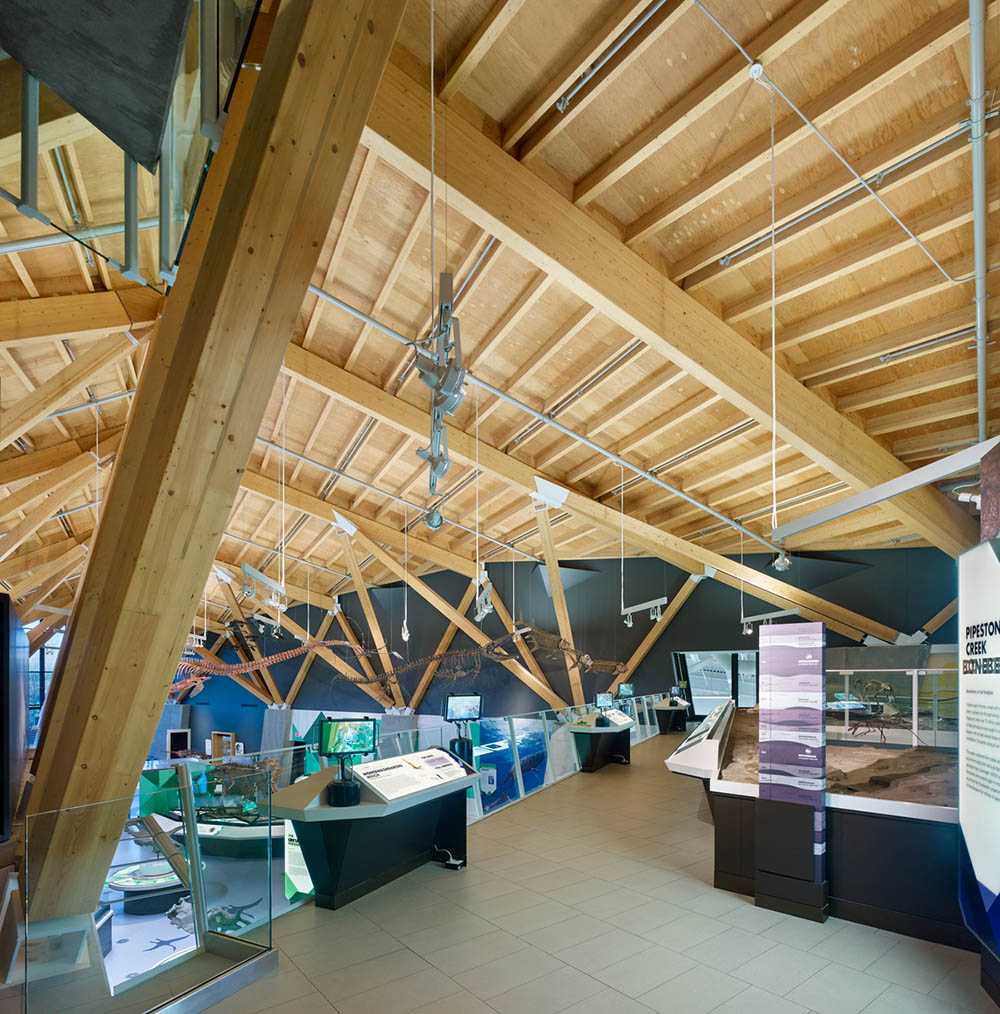
The original sculptural form of the museum was created through an innovative system of solid wood columns held together by knots developed in close collaboration with structural engineers and builders. The team of architects worked on the complex 3D modeling and details of the nodes on the crossroads of the columns, working with the constructors to develop a system suitable for cutting the geometries that form the huge final pieces
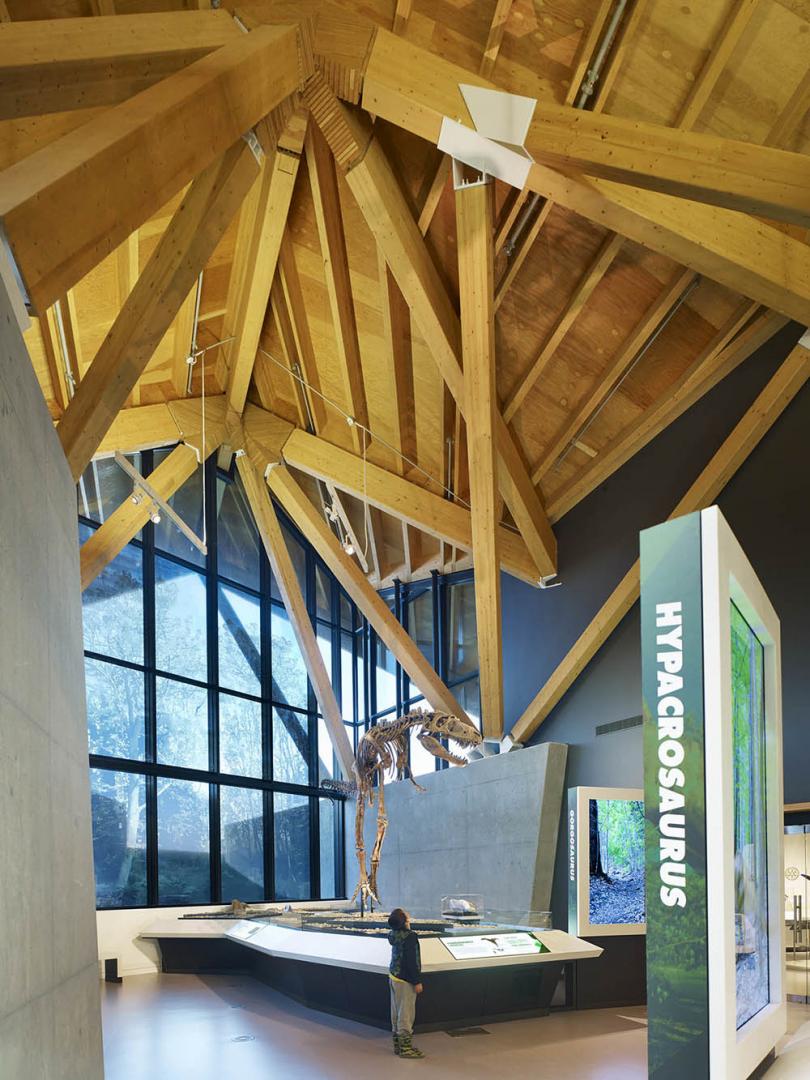
The resulting structure is essential for the spatial appearance of the museum and represents a significant advance in sustainable wood technology
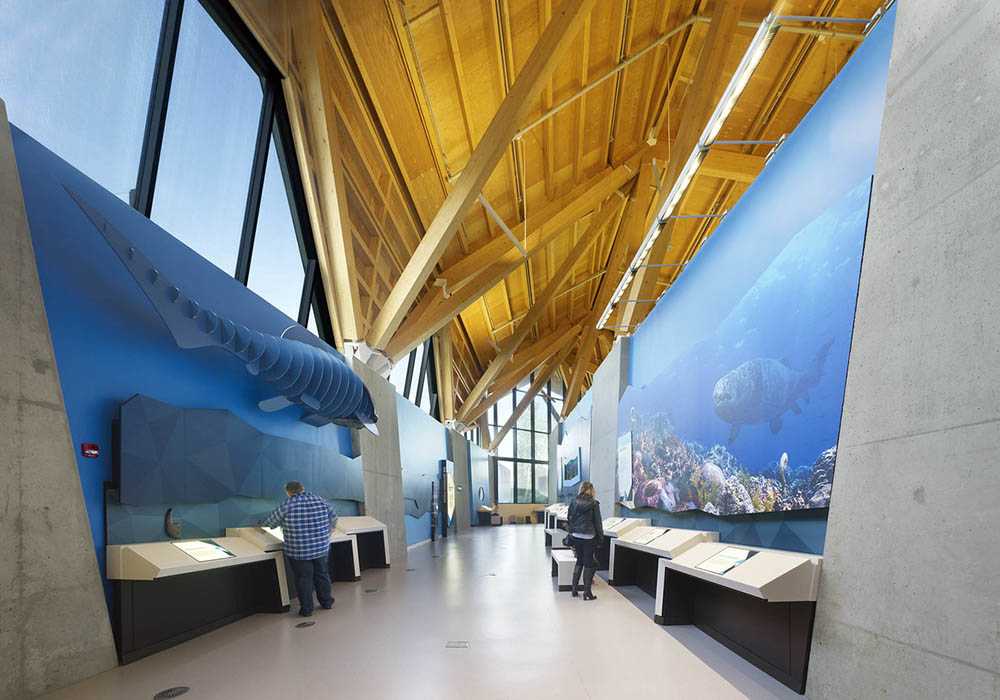
Inside the museum, Wembley's natural environment is respected through a sustainable design, including a sophisticated cistern system that collects rainwater and redistributes it to irrigate the surrounding landscape
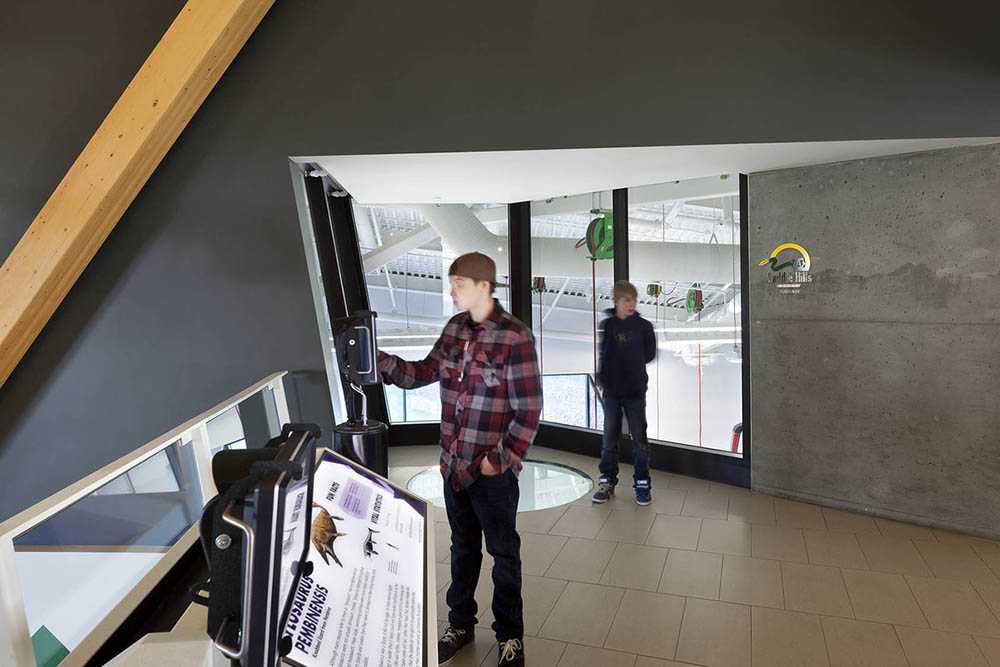
A high-performance enclosure designed with triple-glazed windows (to reduce heat loss) and zinc cladding (to withstand harsh climates). The mechanical systems provide air underneath the concrete floor of the museum to efficiently create the temperature and humidity needed for a state-of-the-art museum and research environment
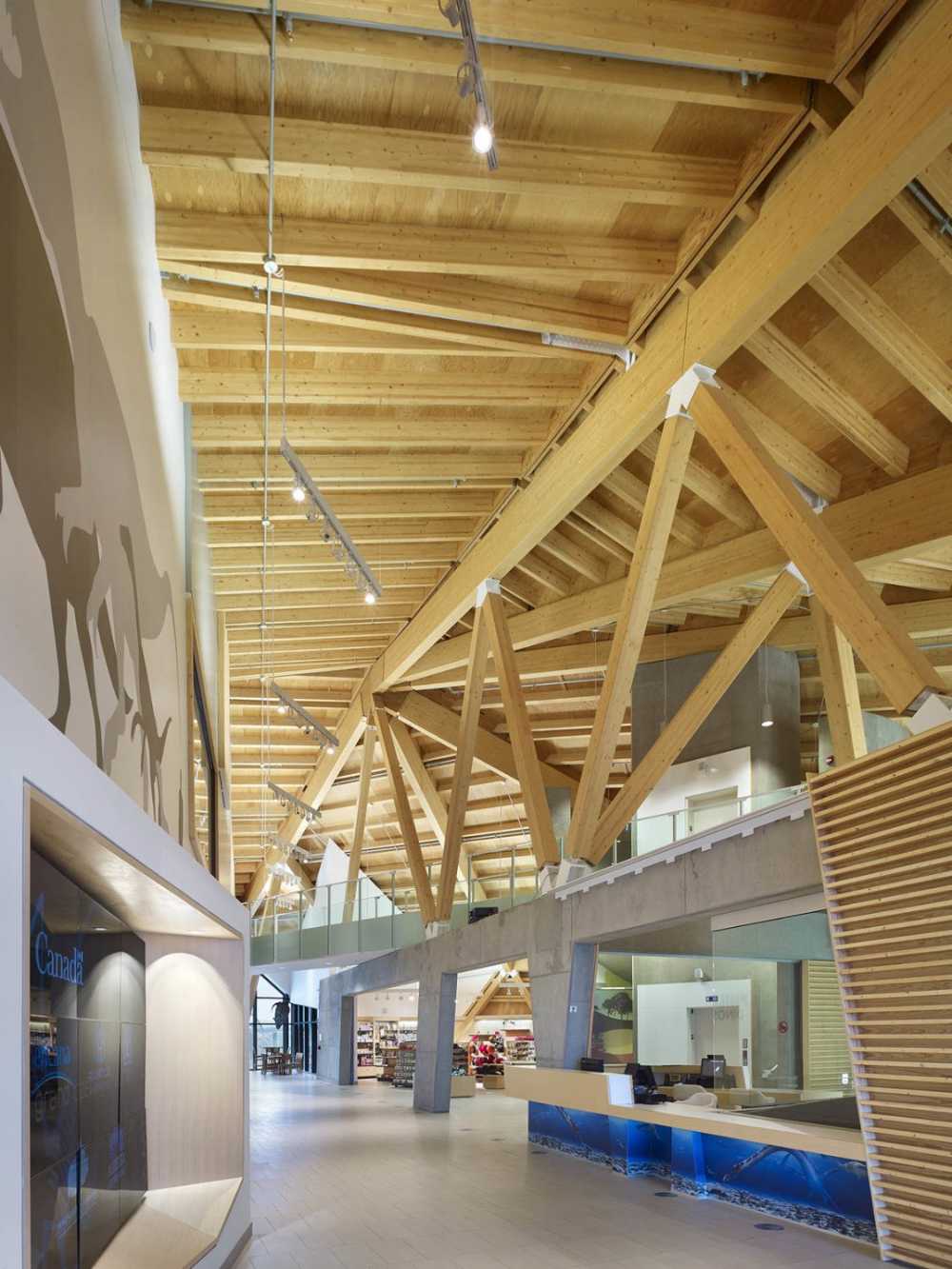
Gallery
Photography: Tom Arban

